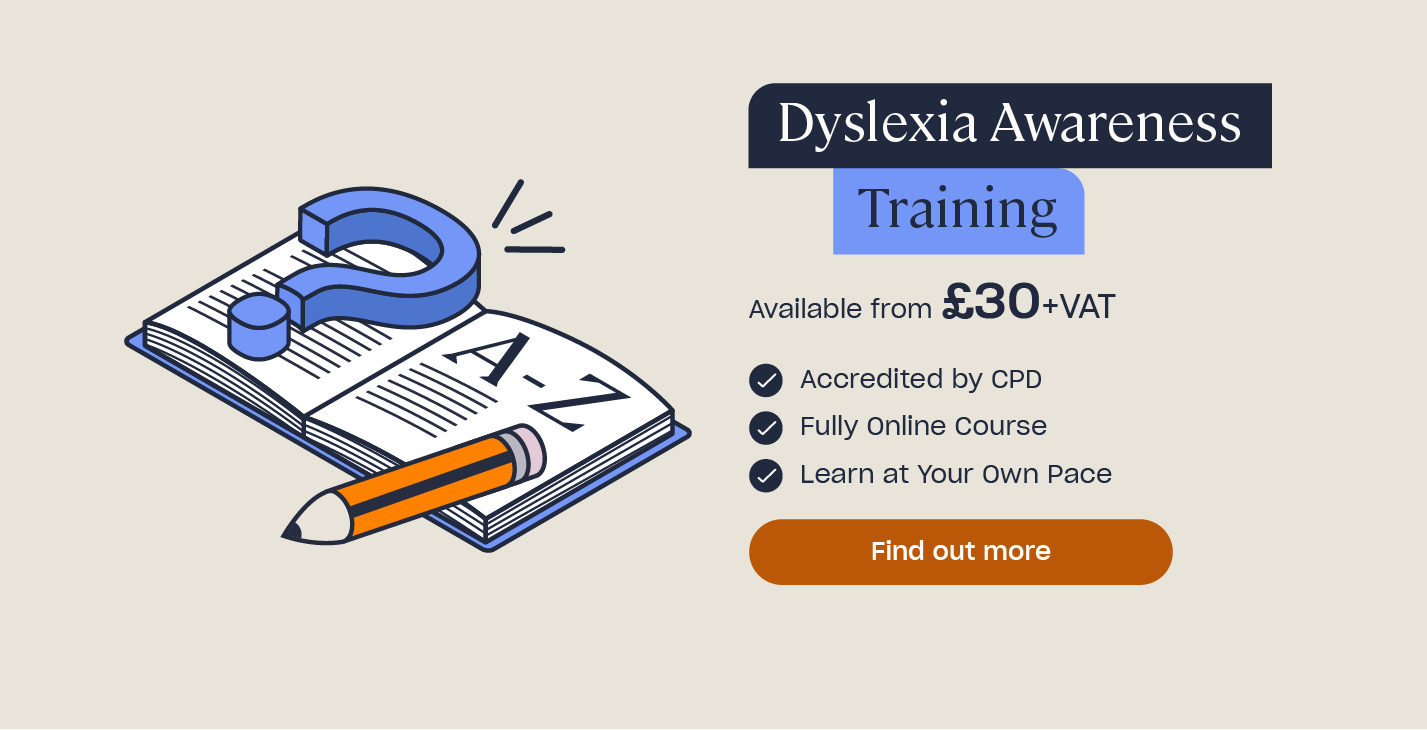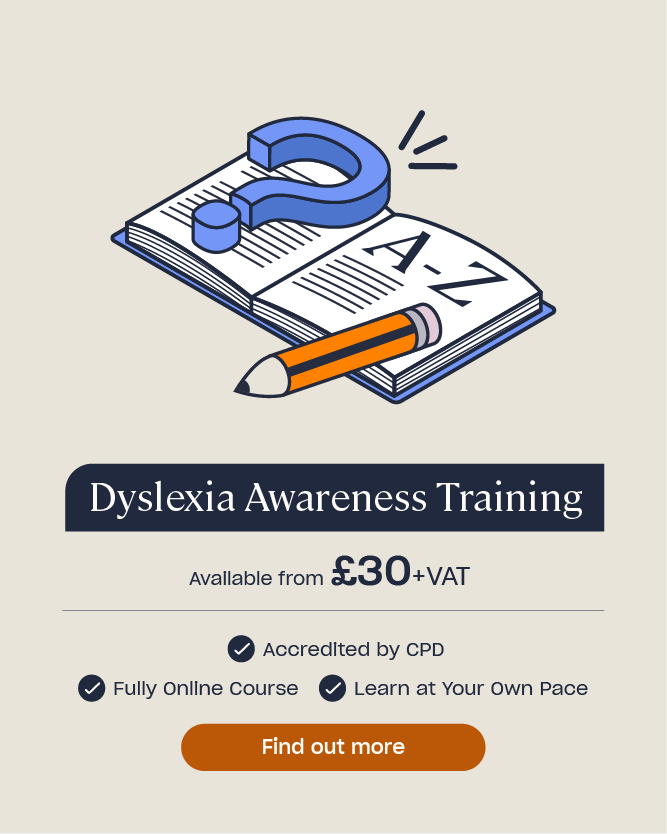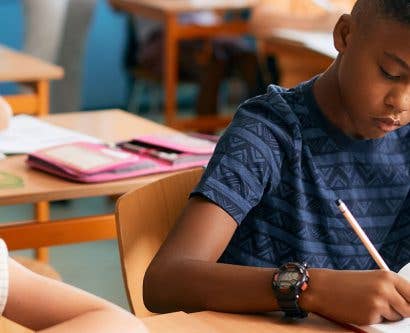How to Help a Child With Dyscalculia in the Classroom
Children with dyscalculia have trouble working with numbers, and often struggle in mathematics. Dyscalculia is a very common learning difference that is believed to have at least a 6% prevalence rate (Gross-Tur, Manor, and Shalev, 1996).
In this article, we’ll be exploring the question: what is dyscalculia? We’ll also look more closely at the signs which may suggest a child has dyscalculia, how this can impact learning, and how to support children with dyscalculia in the classroom. Finally, we’ll address the differences between dyslexia and dyscalculia.
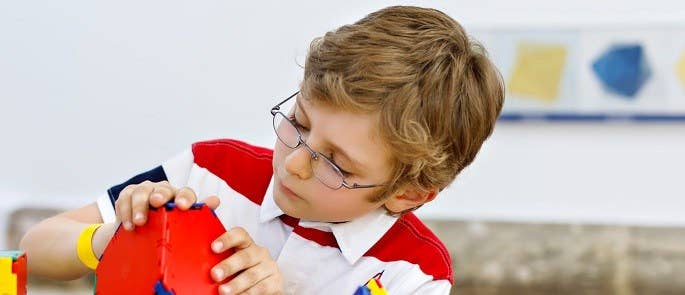
What Is Dyscalculia?
Developmental dyscalculia is a specific learning difference that affects how individuals understand numbers and acquire mathematical skills. DSM-5, or the American Psychiatric Association’s Diagnostic and Statistical Manual of Mental Disorders, categorises dyscalculia as a specific learning disorder. However, in this article, we’ll be referring to dyscalculia as a specific learning difference (SpLD). As an education professional, part of your role is to accept, nurture, and support students’ unique strengths and challenges. Seeing differences, rather than disorders, and embracing these brain-based, neurological differences is an essential part of celebrating neurodiversity and inclusivity within your classroom.
Researchers are unsure of the cause of these brain-based differences. However, what is important to note is that dyscalculia is not simply a lack of intelligence or effort. It is a distinct and common neurological difference. There are mathematicians and scientists who have dyscalculia. Diagnosis, therefore, should never be perceived as negative.
The most common difficulties children with dyscalculia face include recognising numbers and symbols, ordering and sequencing, and retaining and recalling mathematical facts and rules. They will often be working below age-related expectations. DSM-5 presents dyscalculia severity within three ranges, mild, moderate, and severe. Children with severe dyscalculia are likely to require ‘intensive, individualised, and specialised teaching’ throughout their schooling.
Although most experience similar fundamental challenges in mathematics, such as problems processing numerical information, learning facts, and performing accurate and fluent calculations, every child with dyscalculia will have different strengths and weaknesses. Similarly to other SEND needs and conditions, every child’s profile will be unique.
Many children with dyscalculia will experience it comorbidly, as it often occurs alongside other needs, such as dyspraxia, dyslexia, or ADHD. This may be due to sharing characteristics in the areas of cognition, biology, and environment, although greater research in the field is required.
Want to Learn More?
If you want to find out more about ADHD, have a look at our ADHD Training, appraised by neurodiversity expert, Fintan J O’Regan. The course will help you to make the right accommodations for children with ADHD in the classroom.
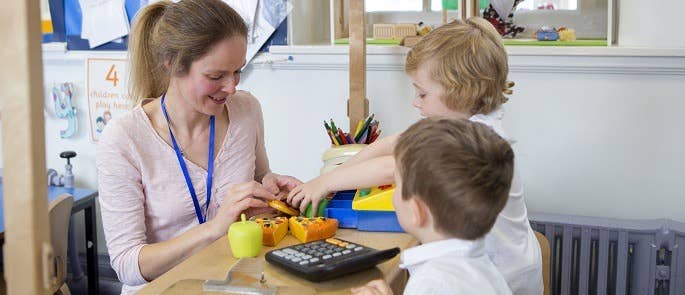
What Are the Signs of Dyscalculia?
The signs of dyscalculia can be present in children as young as four. Children with dyscalculia may:
- Easily mix up numbers and symbols.
- Not understand how numbers fit together.
- Be slow when working out calculations as they struggle to recognise the link between symbols and quantities.
- Have difficulty remembering basic maths rules and patterns, such as counting in 2s, 3s, or 10s, and counting backwards.
- Have difficulty processing or memorising more than four items.
- Have problems with spatial relations, such as reading maps, following a route, and knowing left from right.
- Have difficulty telling the time, measuring ingredients, and counting money.
- Often try exceptionally hard, but rarely see expected outcomes.
- Avoid tasks which they feel will be too complex.
- Use physical objects to help them with basic maths.
- Become easily panicked, embarrassed, and frustrated in lessons which involve maths, which may lead to high levels of anxiety.
- Struggle with activities which involve sequencing and rules, such as playing an instrument, playing board games, keeping score, or typing on a keyboard.
These signs can go unnoticed, with some parents and teachers assuming the child just doesn’t have an aptitude for maths. However, with effective high-quality teaching, and adaptations to it, children with dyscalculia can build real confidence in their mathematical ability.
‘When I’m writing down numbers, it’s as though there’s a friend besides me, shouting out random numbers trying to put me off. But it’s just my brain trying to reach the correct number.’
Josie Duncan discussing her dyscalculia
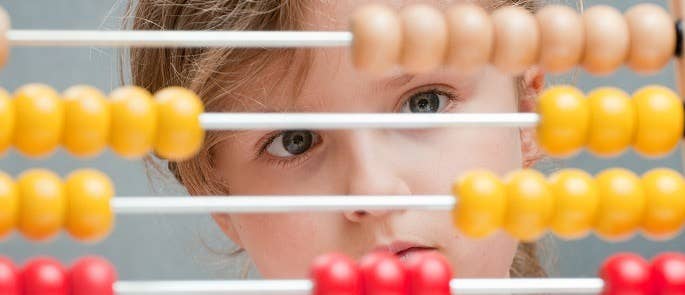
What is the Difference Between Dyscalculia and Dyslexia?
Similarly to dyscalculia, dyslexia is a learning difference – a neurological, brain-based difference. The two conditions diverge in that dyslexia affects the learning of phonology, where dyscalculia affects the learning of number modules. Phonology involves accurate and fluent word reading and spelling. Children with dyslexia will require support with recognising, identifying, and understanding sounds, letters, and words.
There is more international research around dyslexia, so awareness is greater. Often, only the most severe cases of dyscalculia are identified and diagnosed. It is thought the prevalence rate of dyscalculia, therefore, may actually be higher than 6%.
‘Dyscalculia is a separate issue from dyslexia.’
Tony Attwood, founder of The Dyscalculia Centre
Children can experience dyslexia and dyscalculia comorbidly, or on their own. Many children and adults with dyscalculia excel in non-mathematical subjects, and often have cognitive and language abilities in the expected, age-related range. Equally, many dyslexic children can be significantly above average in mathematics. This figure has been estimated to be up to 25% (Chinn and Ashcroft, 2016). It is also important to note here that dyslexic children may be considered as having difficulties in maths, when actually it is the reading and comprehension of the question which hinders them, not the number awareness and application itself.
Conversely, children with dyscalculia can have problems with reading, and many children with dyslexia experience difficulties in mathematics. Remember, every cognitive profile is different, and every child will experience unique strengths and challenges.
Dyscalculic and dyslexic children often experience short-term memory difficulties, which can affect retention and application. However, both can be supported in the classroom with high-quality teaching and adaptations to it.

How does Dyscalculia Affect Learning in Schools?
Where a child with dyscalculia goes unnoticed and unsupported, they may struggle academically, socially, and emotionally. Children with dyscalculia often experience increased difficulties as they progress through school, where expectations in their mathematics lessons increase.
Students with dyscalculia often find it difficult to remember, hold on to, and retrieve information. This affects not only how they apply themselves in maths, but wherever numbers are used across the curriculum. Children with dyscalculia may often lack independence in maths, and rely heavily on teacher support. They may even appear passive, and become unwilling to turn their hand to any activities they perceive to be too challenging.
Children with dyscalculia can feel like the odd one out, as their peers begin to expand and build upon their basic mathematical skills. Where teachers do not recognise these struggles, the child may have to make their own way, which can lead to them disengaging in learning completely.
Children with dyscalculia, where unsupported, also often experience high levels of maths anxiety, which may materialise in a variety of active and passive behaviours. If a child always feels ‘wrong’, even though they’re trying exceptionally hard to grasp a concept, their self-esteem can easily be affected. They may become withdrawn and develop low self-worth, or they might become increasingly frustrated and display bursts of emotion as a result.
Managing challenging behaviour?
Then take our Challenging Behaviour course, and find out how you can best support your students to be the best they can be. The course goes into detail about the underlying causes and functions of the behaviour, the proactive strategies you can use to reduce the likelihood of it occurring, and how to deflect or react to low-level behaviour.

Strategies for Supporting Children With Dyscalculia in the Classroom
High-quality teaching will support all students to thrive, not just those with dyscalculia. There are also many adaptations which you can make to your practice in order to improve outcomes for all. These include:
- Practise processes regularly. Children with dyscalculia relearn often, as they struggle with recall, so supporting them with time to practise and rehearse can be particularly beneficial. Deliberate practice involves the ongoing repetition of learning processes. This helps students to cement and secure their understanding, so that it remains the foundation of their knowledge. It also helps to improve students’ mathematical fluency.
- Make learning multisensory. You can support children with dyscalculia by providing them with new ways to demonstrate their understanding. For example, they might want to: record themselves explaining a concept, create a PowerPoint presentation, or design an electronic how-to manual. Younger children may prefer using physical objects to help them with ordering and calculating, such as counters. They may even like clapping or tapping the triangle when counting. Visual reminders, prompts, and pre-recorded demonstrations can also help to reinforce and deepen learning.
- Make the learning as practical as possible. We often employ quite static images of key concepts. This formulaic approach to maths can hinder children who think outside the box, and who may have a greater awareness of the bigger picture. Therefore, try to move away from more traditional practices, and provide children with the chance to explore their maths: the chance to be wrong, to keep trying, and exploring. Provide children with plentiful opportunities to experience their learning in unique and engaging ways. This will ensure deeper and richer learning. For example, using role play to teach addition and subtraction in money allows children to experience concepts within ‘real-life’ contexts. This also helps to improve language acquisition of key mathematical terms.
‘Game-based learning can help children with learning differences by providing exciting learning activities and maintaining their motivation to practise skills they find difficult to master.’
Lamsa et al., 2018
- Provide children with more time, not only in exams and quizzes, but to process instructions. Practising metacognitive thinking, or modelling your thought process aloud, can help to reinforce and strengthen learning for all students. You should also promote metacognitive talk in the classroom, so that students become familiar with stating what they’re doing, why they’re doing it, and how it relates to their learning.
- Personalise the learning. Every child is different, and every child with dyscalculia will have a different profile. Providing well-structured and carefully monitored learning experiences can help children to recognise their next steps and find confidence in what they can do. Children with dyscalculia can experience high levels of maths anxiety, so creating a supportive and inclusive environment, both in the classroom and across the wider school, can help students to manage and regulate their emotions.
- Involve parents and carers to strengthen learning at home. Speak with parents and carers to discuss ways to support the child at home. Activities such as baking and cooking can support dyscalculic children with their mathematical knowledge and understanding, and they can be practised in a safe and nurturing environment. Children can weigh ingredients and work out timings, both of which require a range of mathematical skills. Furthermore, reinforcing simple directions, such as left and right, whilst out driving or walking can help children with dyscalculia to improve their spatial awareness. Acknowledging and praising children for their at-home effort can help to bolster students’ self-esteem and confidence.
- Use assistive technology. There are innumerable technologies out there which will help children to develop a wide range of skills, such as recognition, ordering, sequencing, and problem-solving. Laptops, calculators, graphic organisers, and text-to-speech and dictation apps – if something assists and supports the learning process, then use it. Where possible, ask the child what assistive technology they find supportive. It may be that they use a particular app to support them with their homework, which you can then download for use in school.
- Praise children for their effort. Children with dyscalculia may not be right often, but good effort should always be rewarded. Equally, they might reach an answer, but might not have followed a traditional formula, or have taken much longer to do so. Wherever possible, remember to help the child find and build confidence in their abilities, as this will help to boost their self-esteem, now and in the future.

Children with dyscalculia will each have a different profile; every child will have a unique set of strengths and challenges. It is vital that children with dyscalculia are identified and supported as early as possible. Children with dyscalculia should be made aware that everyone’s brains are wired differently, and dyscalculia is one of many brain-based differences children can experience. Having a learning difference can have many benefits, and children should be able to recognise and talk about these. Empowering children to have confidence in their abilities is an essential part of embracing neurodiversity in the classroom.
Further Resources:
- Recognising the Signs of Dyslexia in Children
- SEND in the Classroom Course
- What are Specific Learning Difficulties (SpLDs)?
- How to Support Individuals with Learning Disabilities
- How to Help a Child with Dyspraxia in the Classroom
- Dyslexia Awareness Training


